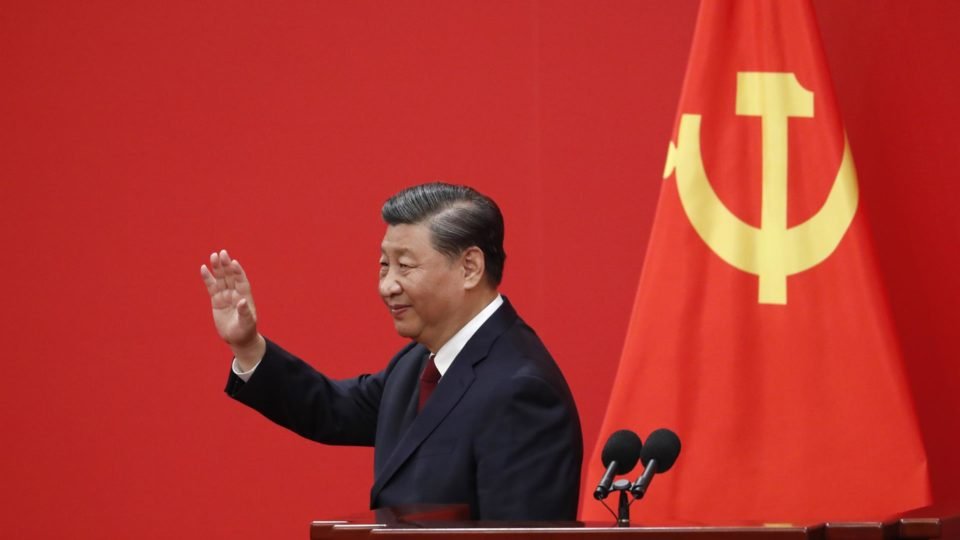China’s communist regime has adopted a new method of social control through the so -called “social work”, an initiative that mixes economic and psychological assistance with constant monitoring of people considered vulnerable.
The measure, revealed in the report of the Wall Street Journal This Monday (1st), aims to prevent possible focuses of political instability in the midst of economic slowdown and the increase of episodes of violence in the country.
The program is conducted by the Central Department of Social Labor, created in 2023 and based in Beijing. The structure is led by leaders linked to security and police areas. One of its attributions is to identify so -called individuals with “multiple losses” – people who face financial, family, mental or emotional health problems.
According to documents and reports obtained by the report, community leaders were instructed by this department to perform periodic screenings, verify antecedents, and send biweekly reports to higher courts on vulnerable people. Private companies were also called to monitor workers in this profile.
The method reinforces the “Grades Management” system, in force in China since the 2000s, which divides neighborhoods into small areas supervised by managers responsible for collecting personal data, promoting official policies and identifying possible threats.
Since the implementation of this system, Chinese agents have been following closely citizens shaken by bankruptcy, family disputes or diseases, passing on the information before they become possible outbreaks of protests. According to dictator Xi Jinping himself, the purpose of this system is to prevent “small problems from leaving the neighborhood, major problems from leaving the city and contradictions reach the higher authorities.”
Cases of recent violence, such as knife attacks, mass run over and shooting have been pointed out as a justification for the intensification of vulnerable citizens surveillance.
In practice, the so-called “social work” is less a support network and another preventive surveillance tool, based on facial recognition technologies, data analysis and digital monitoring. For critics of the regime, it is the modernization of maoist social control methods, adapted to the age of artificial intelligence.

